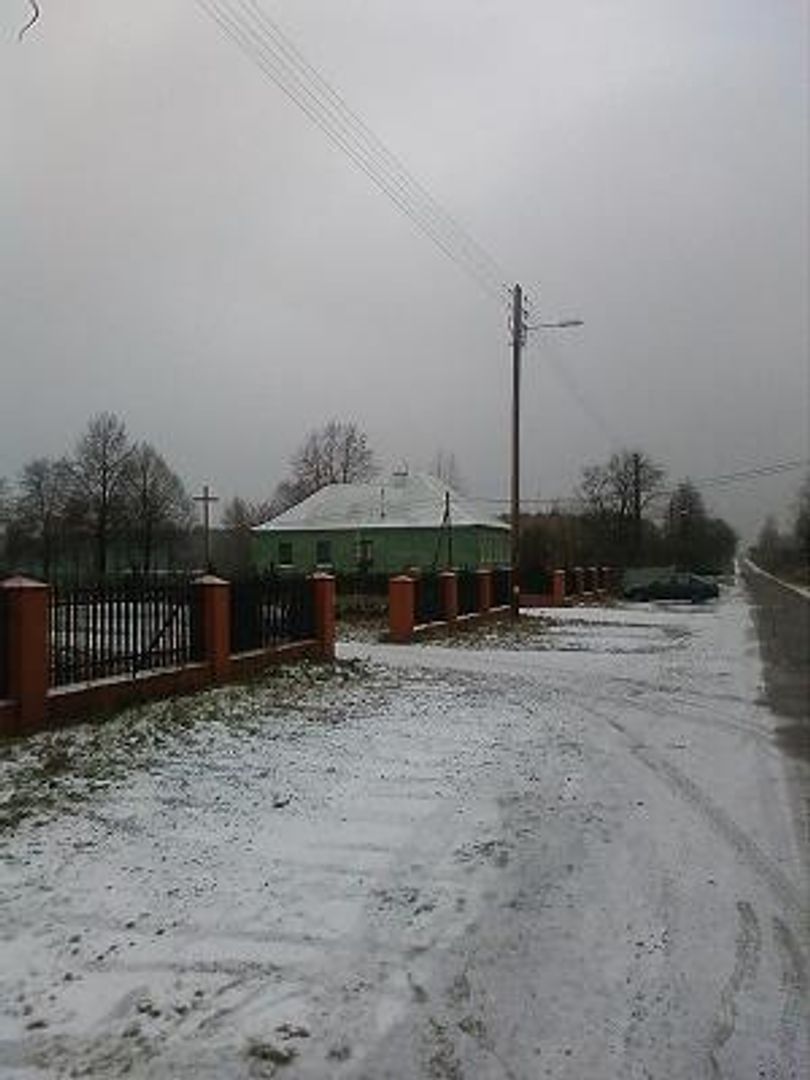Krasice
6.08

Overview
The Roman Catholic Parish of Divine Providence in Krasice was established in 1957 by Bishop Zdzisław Goliński of Częstochowa. The village boasts a rich history dating back to the late 15th century, with its earliest settlements even traced to the Neolithic period, indicating long-standing human presence in the area. In the 19th century, Krasice was known for its well-developed manor farm and was part of the Krasice municipality, which was renamed Wancerzów in 1867. A tragic event occurred in 1943 when ten residents were executed by gendarmes. The village also features a commemorative plaque dedicated to Reserve Second Lieutenant Stanisław Bajor, a teacher murdered by the Soviets in 1940. The toponymy of the area is linked to the personal name *Krasica, which relates to beauty and charm. Krasice is home to significant institutions such as a church, a volunteer fire department, a primary school, and the sports club Biała Gwiazda, which continues local football traditions. A notable landmark is the symbolic "Pilgrims' Grave," commemorating the victims of the 1792 Warsaw pilgrimage. The primary school in Krasice has its origins in 1864 and, after numerous reorganizations and reconstructions, now operates in a modern building constructed in 1971 thanks to the efforts of the local community. The village is steeped in history, and its residents take pride in preserving local traditions and honoring the past.
Location
2025 Wizytor | All Rights Reserved